 Your new post is loading...
 Your new post is loading...
When we think productivity, we rarely think of workplace design as a major contributor or detractor, but compelling ongoing research shows that it plays a much larger role than initially thought. According to research published in the Journal of Experimental Psychology, an empowered office environment can increase worker productivity on cognitive tasks by 25%, and possibly more. Workspace design today is undergoing a major creative shift. We've gone from cubicles (people are productive in isolation) to open-plan spaces (collaboration leads to success) to what I believe is the next major step - integrated multi-function design which recognizes that people need multiple spaces based on their ongoing and changing needs within a business day. Instead of looking out across rows of cubicles, today's office worker needs a mix of team meeting rooms, open lounge-like areas, and private workspaces.
Via The Learning Factor
Collaboration has certainly become a buzzword in business circles — and with good reason. The ability to work together with both internal and external teams will make or break a business.
But some see collaboration and competition as two opposing ends of a spectrum; you get one or the other. Fortunately, it’s not an either/or. Building a successful collaborative culture, while maintaining competitive success, requires business leaders to understand the meanings and advantages (and even disadvantages) of both styles, and what these mean to business success. Broken down to their most simple forms, we might say competition equals success, and collaboration equals buy-in.
Jewish-Israelis and Palestinian-Israelis have spent decades in conflict over disputed territories. The mutual distrust and skepticism have built to a point that the two groups struggle to work cooperatively on solving their issues.
But a Stanford-led research team of psychologists found that teaching Jewish-Israeli and Palestinian-Israeli teenagers that groups are generally capable of change—without ever mentioning a specific adversary—can significantly improve their ability to cooperate.
Amit Goldenberg, a graduate student working with psychology professors Carol Dweck and James Gross, was lead author on the paper published in Social Psychological and Personality Science, along with co-authors Kinneret Endevelt, Eran Halperin, and Shira Ran of the Interdisciplinary Center (IDC) in Herzliya, Israel.
“We found that people who believe societies and individuals are capable of change cooperate much better with each other,” Goldenberg said.
Via David Hain, Kevin Watson
Innovation is a team sport. Although creativity is a characteristic that is often used to describe individuals, the idea of the lone genius is a myth. Even famous inventors such as Thomas Edison where in reality representing the ‘work of many men’. Francis Jehl, a longtime assistant of Thomas Edison , used this phrase to describe the group of engineers who worked with Edison at his Menlo Park lab. On the journey from ideation to a successful product launch, innovation necessitates the interaction of multiple actors, across many departments, with different expertise and knowledge. In writing about the illustrious history of Bell Labs, James Gertner notes that, ‘…almost by definition, a single person or even a single group, could not alone create an innovation. The task [is] too variegated and involved’. Multidisciplinary collaboration is the stew in which creativity and innovation thrive. Such collaboration creates insights by exposing people to ideas from other disciplines besides their own area of specialization. This creates tremendous opportunities for serendipity. However, even in cross-functional teams, work is ultimately performed by individuals. Each person has to play their part. So how can we get the combined outputs of our teams to be more creative?
Via The Learning Factor
What makes collaboration work? The first thought probably centers on the workplace design. Many articles have been written and offices showcased on how space can help facilitate conversations and give people the flexibility to solve problems together.
Massive tasks or projects have the capacity to strain the limits of any company’s knowledge and resources at times. The CEO must decide if it’s worth spending valuable time and money to tackle something that could dramatically affect the team’s productivity. Often, only an outside third party can knock out those projects and get the company from point A to point B. Finding a third party that can work seamlessly with your own business may seem daunting. But leveraging outside partnerships is often more effective, and less expensive, than taking big projects on yourself.
|
In many organizations, the longing for wholeness, more appreciation, a sense of purpose, and – at least to some extent – self-management is noticeable, even in organizations not aware of the Teal or Reinventing Organizations context.
Appreciative Inquiry is a value-oriented change and development process that starts from and is based on creating a safe space in which people feel seen and appreciated as whole human beings. On this basis, they are able to contribute fully, listen into their shared purpose, and create the desired future in a more and more self-managed way.
All three Teal breakthroughs of Wholeness, Evolutionary Purpose, and Self-Management are in-built qualities in the AI processes. And since it is a neutral process, any theme, as well as the breakthroughs themselves, can be addressed as a “core-theme.”
Since AI is such a powerful process and support structure, we want to tell you what this method is and to encourage you to experiment with it.
Via David Hain
Collaboration is crumpling under the weight of our expectations. What should be a messy back-and-forth process far too often falls victim to our desire to keep things harmonious and efficient. Collaboration’s promise of greater innovation and better risk mitigation can go unfulfilled because of cultural norms that say everyone should be in agreement, be supportive, and smile all the time. The common version of collaboration is desperately in need of a little more conflict.
In the world of design-thinking collaboration is an esteemed means to an end. Good designers wouldn't go about designing a dress or a chair without the input of other peer-designers and colleagues from other core-competencies such as materials science, engineering or technology. Similarly from a design thinking perspective, one wouldn't go about designing a new transportation infrastructure or service delivery system for a fast food chain without factoring in others' ideas.
In general, whether or not you work directly in design, collaboration sounds swell and it's something that we all know is good to do in principle. But it is definitely easier said than done. After all, couldn't you save a lot more time and money if you just did the project yourself?
Via David Hain
There are lots of problems with brainstorms, but the main one is they don’t go on for long enough. They usually stop when people have run out of ideas and you get those embarrassing silences. But those embarrassing silences are when your unconscious starts engaging on the problem and is a vital part to coming up with great ideas. The way brainstorms are practiced in most companies today is still almost exactly the same way that was recommended by their inventor, advertising executive Alex Osborn, over 60 years ago. Business and our understanding of how the brain works have both moved on so much in that time, and yet we’re still hanging onto this old technique for so many of our idea-gathering sessions. Here’s how to rethink your brainstorm so it goes for longer than you're used to, but proves much more productive once it’s over.
Via The Learning Factor
How The Activity Learning Theory Works
Vygotsky’s earlier concept of mediation, which encompassed learning alongside others (Zone of Proximal Development) and through interaction with artifacts, was the basis for Engeström’s version of Activity Theory (known as Scandinavian Activity Theory). Engeström’s approach was to explain human thought processes not simply on the basis of the individual, but in the wider context of the individual’s interactions within the social world through artifacts, and specifically in situations where activities were being produced.
In Activity Theory people (actors) use external tools (e.g. hammer, computer, car) and internal tools (e.g. plans, cognitive maps) to achieve their goals. In the social world there are many artifacts, which are seen not only as objects, but also as things that are embedded within culture, with the result that every object has cultural and/or social significance.
Tools (which can limit or enable) can also be brought to bear on the mediation of social interaction, and they influence both the behavior of the actors (those who use the tools) and also the social structure within which the actors exist (the environment, tools, artifacts). For further reading, here is Engeström’s own overview of 3 Generations of Activity Theory development. The first figure shows Second Generation AT as it is usually presented in the literature.
Via Gust MEES
|



 Your new post is loading...
Your new post is loading...

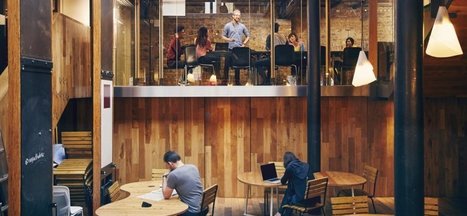


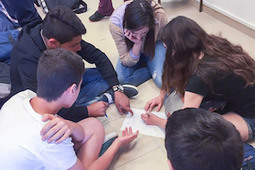
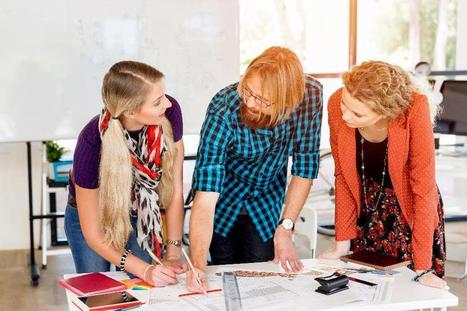


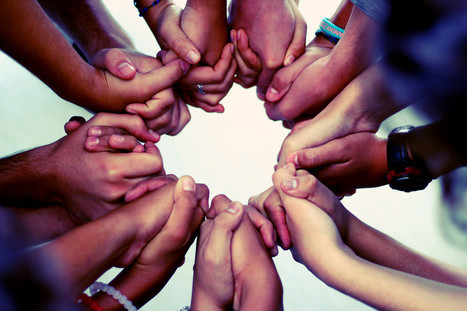

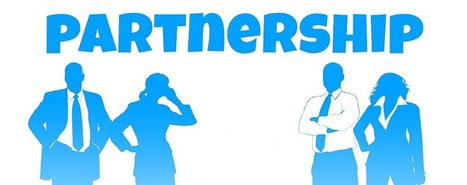


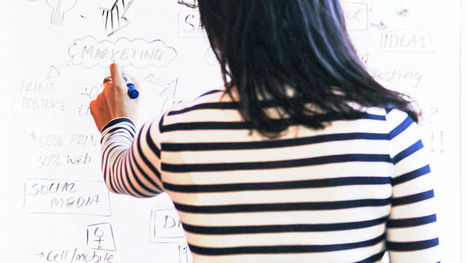

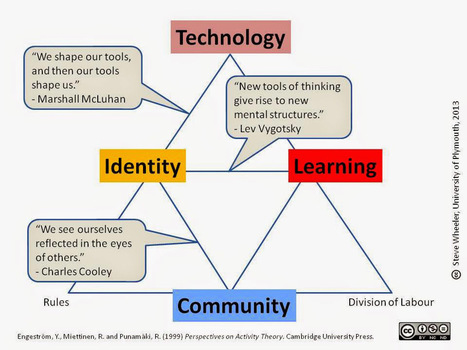











The surprising way companies can boost employee productivity today.